Mobile homes, or manufactured homes, as they are called today, are a far cry from the trailers that started it all. Early trailers used for habitation purposes were small and designed for camping or other temporary living conditions. Beginning in the early 1950s, they started getting larger, eventually becoming full-time homes for many people. There are no longer trailers, although the name never seems to go away, and mobile homes are certainly not mobile. They are permanently mounted on trestles or piers, firmly tied down, and safely anchored permanently. Although they can be moved, it is no easy task.
Sometimes called manufactured homes, mobile homes can range in size from a single-wide to a double-wide. A single wide can measure up to 18 feet wide and up to 90 feet long. A double wide can be up to twice the size of a single, comprising two halves joined together. Each half can be up to 20 feet wide and 90 feet long. They are seldom that long, however. A length of around 60 feet or less seems to be more common. Triple-wide homes are also available, but they are not as popular as double wides. Often a triple wide will consist of just an additional room and an extended deck. Mobile (manufactured) homes are rated by HUD, the U.S. Department of Housing and Urban Development. Different construction standards are required for safety depending on where the mobile home is located. A mobile home constructed for use in a warm and earthquake-prone area like California would not be suitable for use in those parts of the Midwest that are subjected to tornadoes and frigid winters, and construction requirements must be adjusted accordingly.
HAVE A LOOK AT SOME OF THE HOMES WE’VE BUILT
Mobile homes are usually transported on flatbed trucks or trailers designed for that purpose and installed at the required location by professional installers. Double and triple-wide units may require up to three flatbeds to haul everything. After the units are properly joined together, a skirting of some kind is usually applied around the base of the home to hide the unsightly mountings and various connections–water, sewer, wiring, and other utilities. This can be a metal skirting supplied by the company or something a little fancier made from wood, brick, or other material constructed by the owner or an outside contractor.
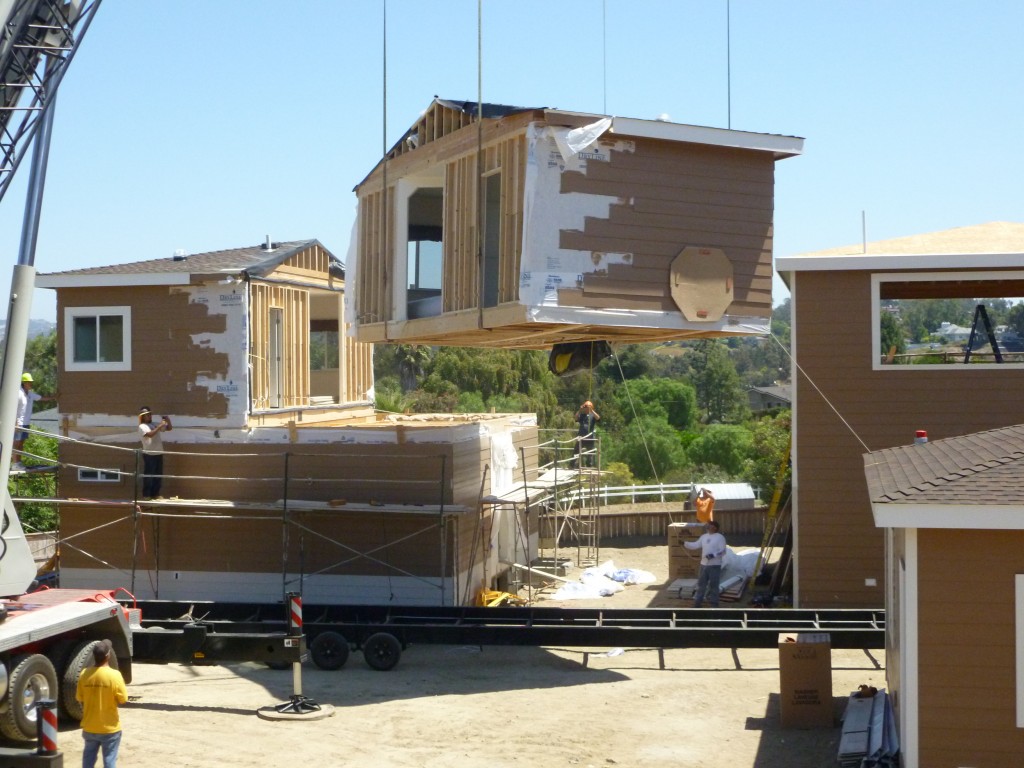
Although some homes are located on property owned by the purchaser, most are located in mobile home parks. Requirements for renting a space in a park vary widely. The more affluent parks may have amenities such as swimming pools, gyms, walking paths, immaculate landscaping and many other perks. Some require that any home moving onto their property be no more than a given number of years old; or they might specify the units be double wide or larger. Some allow only senior citizens, those 55 or older. Others cater to residents with lower income owners and have very few restrictions. However, keep in mind that a lower cost may also mean less than-perfect maintenance of the park.
If you are considering purchasing a mobile home, do some checking first. Make sure you can find a location suitable for your needs. Remember, although a mobile home costs less, you will lose more value after the purchase. A mobile home, like your car, depreciates over time and will age faster than a more conventional home. That being said, many people love their mobile homes and wouldn’t have it any other way.

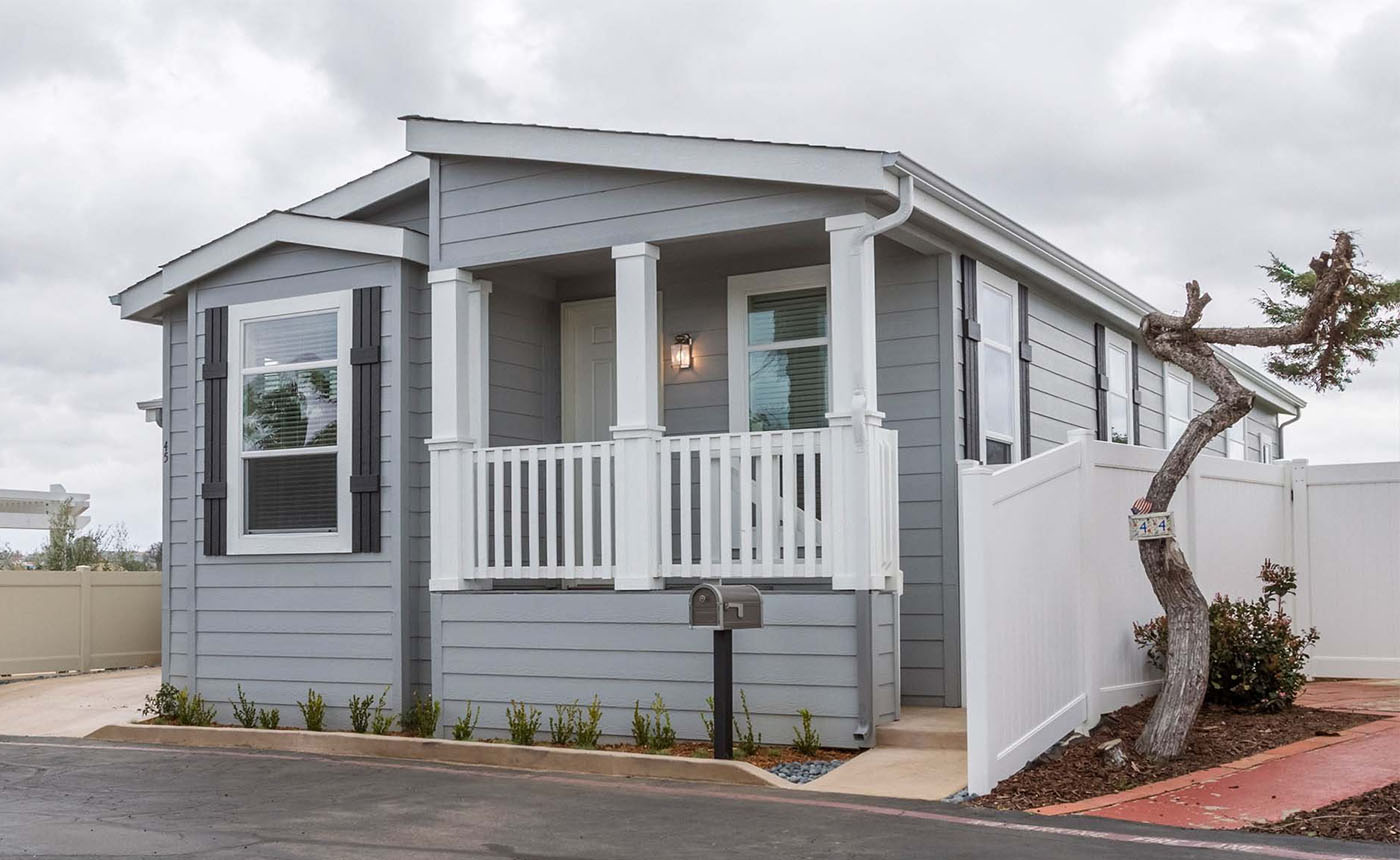

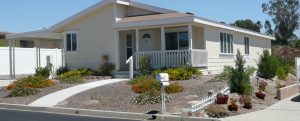

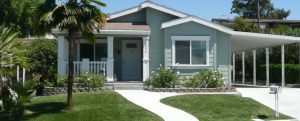
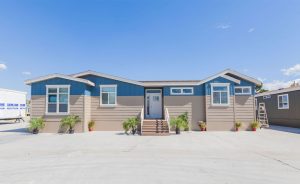

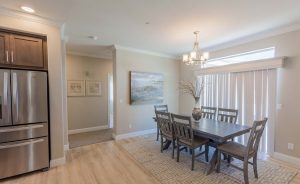

 BY SMITTEN
BY SMITTEN